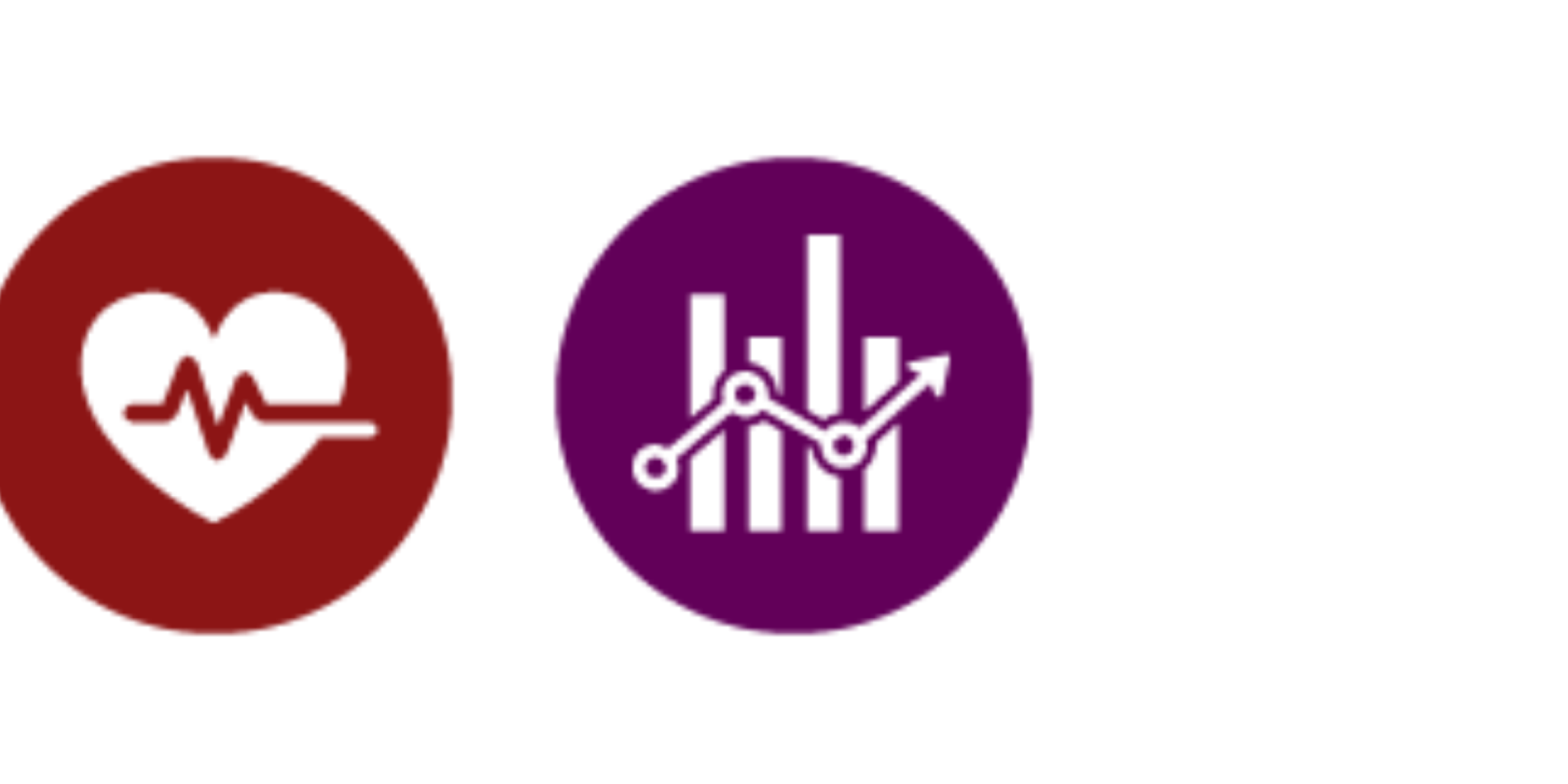Sebastián Otero examines the effects of increasingly privatized higher education

With private colleges and universities on the rise worldwide and particularly in Latin America, a degree has become an attainable goal for millions of students who would not have otherwise had access to higher education.
Sebastián Otero, a Stanford graduate student in economics and a recipient of graduate student research funding from the Stanford Center on Global Poverty and Development, explains that this boom has had mixed results in Latin America. His project “Returns to Higher Education: The Case of Brazil” focuses on the effects of privatization on education quality.

Otero has worked in Chile, Mexico, Peru, the Dominican Republic, and Puerto Rico. In Otero’s home country, Chile, 7 out of 10 students attending university are first generation students, and nearly 90 percent of college students attend a private institution. “Going to college is seen as living the dream their parents could not reach,” Otero explains, but for many, “the dream turned into a nightmare of big debts and no jobs.”
Chile is not an outlier. Other Latin American countries are seeing similar trends, including Brazil, where Otero’s research is focused. In Brazil, three quarters of college students are enrolled in private schools.
“I think that building an understanding of the role of private institutions in higher education is crucial for the future of the region,” Otero says. “Can a market-oriented expansion of the higher education system increase coverage while offering valuable degrees? That is a key question that is not yet resolved.”
To get insight into his work, the Center recently spoke with Otero about his research on the privatization of higher education in Latin America.
How does your research make a real-world impact?
The ultimate goal is to produce rigorous knowledge to inform policy. While analyzing data on the Brazilian college entrance exam, we realized that there were significant differences in scores across examination booklets. This was puzzling because the examination booklets contained the same set of questions. With two colleagues, we proved that most of these differences arose because in some booklets easier questions were placed later in the test; students racing against the clock did not have time to get to them, failing to answer the easier part of the exam. We also showed that differences in these test scores translated into differences in college enrollment. We presented these results to exam’s director who was receptive to the idea of modifying the exam to prevent this from happening again.
In the Dominican Republic we are collaborating with the Ministry of Education in the implementation of several randomized control trials to evaluate different aspects of the financial aid policy to improve the recruitment, selection, and retention of talented but poor students in post-secondary education. During next academic year, I will work with them evaluating these programs and the results will help inform the government as they restructure their financial aid policy.
How is higher education related to intergenerational mobility?
Education is a principal instrument in the fight against poverty. It is the big equalizer of our time. In today’s world, intergenerational mobility (i.e., climbing the income ladder) is closely linked to our capacity to provide good education opportunities to everyone, irrespective of their background.
To this end, higher education policy has two big challenges to address: how to ensure high quality college education, and how to optimally design and implement financial aid policy in order to recruit and retain talented underprivileged students. Information about the existence of financial aid programs, their beliefs about how likely they are to be awarded aid, the small but potentially relevant costs associated with applying, and an overall lack of transparency in the application process can all contribute to qualified students not applying for aid.
Imagine the number of opportunities we forgo every year when our students are poorly taught, or when the nation´s smartest youth fail to attend university because they were not informed about opportunities for financial aid. Attracting these students is not only beneficial for them, but also for us as a society.
What does an economist’s research look like?
Some days I wake up feeling like a data scientist, and other days like a lobbyist.
My research hinges on the use of rich administrative data and on collaborating with policymakers in the design, implementation, and evaluation of policies. I sit down with politicians and convince them that I can use data in a way that is relevant to them, or argue the need to implement or tweak a current policy. This is something which I still find extremely difficult, and for which we often lack training. Professor Nicholas Bloom always emphasizes the value of being able to explain often complicated concepts in simple language.
I travel frequently to Brasilia to work with restricted-use data that links education and labor market outcomes. My coauthors and I have also used the opportunity of being on the ground to present our work to IPEA (Institute of Applied Economic Research) and INEP (National Institution of Educational Research) and are looking forward to presenting to more policy makers in the Ministry of Education.
Has anything in your research taken you by surprise? What has been something that you did not expect to encounter?
The data always take you by surprise. Did you know that more than 70% of students in Brazil attend college at night? Most people attend classes between 7 and 11 pm. In the Dominican Republic, we observe a similar phenomenon. I was quite surprised by this fact because it is the complete opposite of my experience. This is because both students and most professors have other jobs during the day.
What is the biggest obstacle you encounter? How do you overcome it?
I feel there are two main obstacles. The first is that doing research takes a very long time, so you need to keep yourself and your team motivated. It is always healthy to revisit the initial motivations that led you to start a given project.
The second is that governments can be slow and bureaucratic institutions, and are not always open to sharing data or to innovative ideas. Politicians have their own priorities and ways of seeing the world and convincing them to work together can be challenging. You need to be able to abstract from this and accept that some things do not depend on you. Dealing with not having total control over my projects is a skill I am still learning.
Has the Stanford community been helpful during your graduate studies?
Professor Nicholas Bloom inspired me to see the importance of creativity and clarity. From Professor Pascaline Dupas, I learned the value of simultaneously maintaining technical rigor in the details of your research and being able to see it for its big picture. Finally, Professor Liran Einav taught me about the use of models. Models are like maps: the scale you need depends on where you want to go. I will always be grateful to these scholars for their support and for teaching me the importance of having passion for your work.
I am also very lucky to have two friends as coauthors in most of my work: Nano Barahona and Cauê Dobbin. They are extremely talented and make this journey more fun and exciting.
Outside of Stanford, my identical twin brother who is also completing a PhD in economics is not far away, at UC Berkeley.
Please note that prior to May 2019, the Stanford King Center on Global Development was known as the Stanford Center on Global Poverty and Development.

